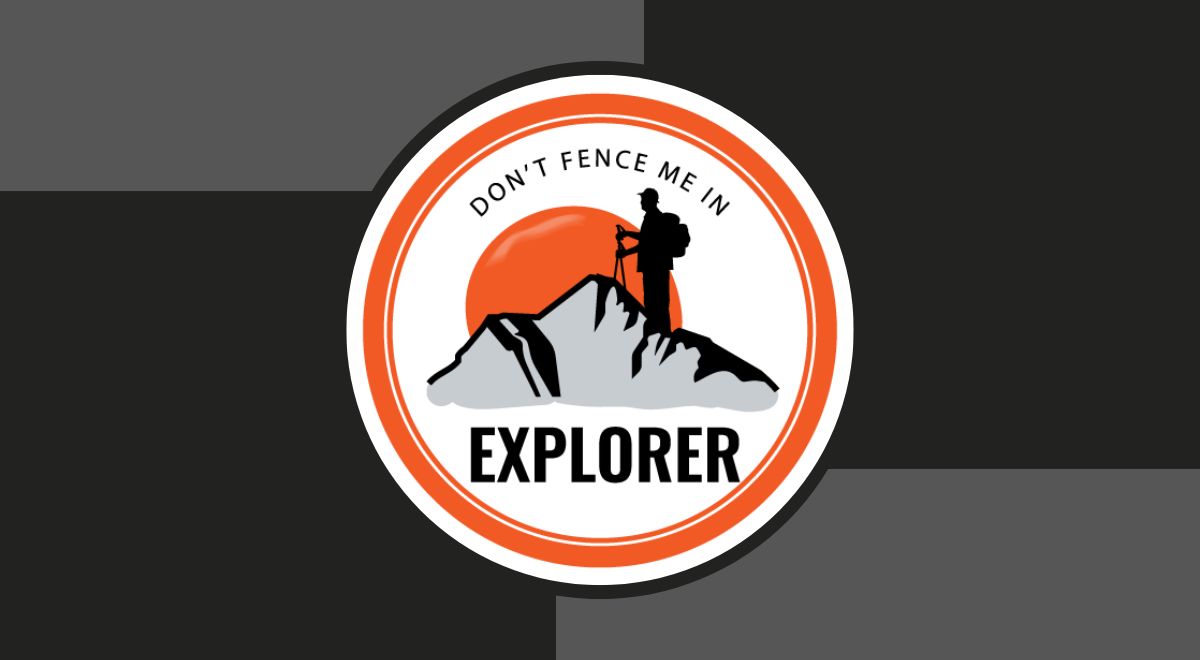Table of Contents
“Exploration is really the essence of the human spirit.” – Frank Borman – United States Astronaut [1]
Introduction
The Explorer seeks two things: contentment and independence. They seek these two feelings through experiencing new things. They stretch themselves, focus on self-development, and try to answer the deepest of questions.
Also known as a seeker, wanderer, iconoclast, pilgrim individualist,
Key Characteristics
- Motto:Don’t fence me in
- Driving desire:The freedom to discover who you are by exploring the world
- Goal:To experience a more authentic, better, and more fulfilling life
- Biggest fear:Getting trapped, having to conform, and inner emptiness
- Strategy:Taking a journey, seeking and experiencing new things, escaping boredom
- Weakness:Aimlessly wandering, being seen as a misfit
- Talent:Ambition, autonomy, being true to one’s soul
Description of the Explorer
Explorers are pioneers. It is in the name. Just as daring navigators and sailors discovered the Americas with nothing but grit and determination hundreds of years ago, so too does the Explorer of today seek out new things. Explorer brands like to venture down self-blazed paths. They also strongly desire to help others be free as well. They offer avenues for this, their products promising new experiences and a break from everyday monotony.
The Explorer brand archetype has three levels. The first is typically thought of when thinking of an ‘explorer.’ The young Explorer travels the world and sees new things. They get out into nature and explore different environments. They have a burgeoning sense of independence and a desire for freedom. The second level is personified by those whose exploration has turned inward. While outward exploration still occurs, increasing importance is placed on understanding the self. What makes me unique? Why am I here? These two questions are examples of what a budding explorer asks. The third level occurs when the Explorer has been looking for something and finally finds it. The Explorer’s ultimate goal is contentment and independence. When they discover these two things, their journey is over, and they can express themselves in a complete and wholesome way.
An excellent example of an Explorer brand is Jeep. Their marketing includes stunning visuals of exploration from around the world. They show their cars in action, taking people to and from dream locations. They also push that their vehicles will help people who own them in their personal journey towards finding contentment and independence.
- Brand Motivations
- Adventure
- Investigation
- Liberation
- Self-Discovery
- The Unknown
- Exploration
- Inquire
- Brand Challenges
- Confinement
- Immobility
- Overlook
- Confirming
- Entrapment
- Cautiousness
- Incarceration
- Brand Strategy
- Seeking out and finding new experiences
- Enjoying the journey for the journey
- Acknowledging and working around unavoidable confinements
The Explorer in the Wild
The following companies, organizations, and industries are good examples of the Explorer.
- Archetype Examples: Jeep, Star Trek, NASA, Patagonia, North Face, REI, National Geographic
- Industries: Sports, Travel, Tools and Equipment, Automotive, Entertainment, Science
Conclusion
The Explorer archetype appeals to people who feel they are searching for something but do not know what. Businesses that use this model work off this feeling to achieve their goals. Their products are designed to help people find something at the peak of a mountain or trekking through wildlands far from civilization.
[1] https://www.themoderndayexplorer.com/journal/exploration-essence-human-spirit

